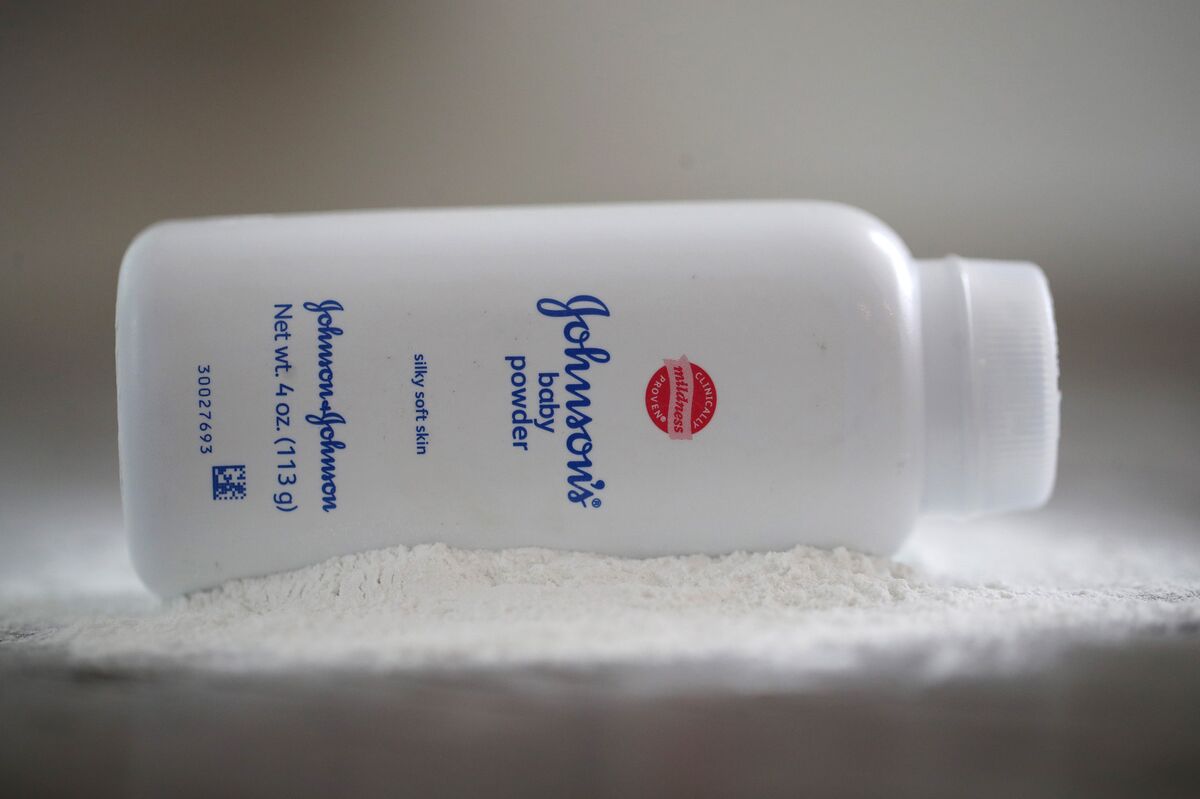
The Goliath of Johnson & Johnson Faces Another Setback in Talc Lawsuit Saga
The ongoing saga surrounding Johnson & Johnson (J&J) and the thousands of lawsuits alleging their talc-based products caused cancer has taken another dramatic turn. A federal judge has dealt a significant blow to the company, rejecting their latest attempt to utilize a controversial bankruptcy strategy to resolve the massive wave of litigation. This marks the third time J&J’s ambitious plan has been thwarted, highlighting the complexities and significant hurdles the company faces in navigating this protracted legal battle.
The core of J&J’s strategy revolves around creating a bankruptcy-protected trust fund. This fund, intended to hold billions of dollars to compensate individuals who claim to have developed cancer, such as ovarian cancer and mesothelioma, due to asbestos contamination in their talc products. The logic behind using bankruptcy is to shield the parent company’s assets from further liability while simultaneously offering a structured method for compensating claimants. Essentially, a subsidiary of J&J would file for bankruptcy, enabling the creation of this trust and ostensibly providing a clean break from future litigation.
However, the judge’s decision underscores the fundamental flaws and perceived manipulative nature of this approach. The court likely found the bankruptcy filing to be an improper tactic aimed at circumventing the established legal processes designed to fairly adjudicate individual claims. Judges are entrusted with ensuring the integrity of the judicial system, and the perception that a massive corporation is attempting to use bankruptcy as a shield against legitimate claims would be deeply troubling. The ruling likely hinges on the argument that the bankruptcy filing was not made in good faith, but rather as a strategic maneuver to avoid facing the full consequences of their alleged actions.
This ruling has significant implications. First and foremost, it keeps the floodgates of litigation open. Thousands of lawsuits remain unresolved, and J&J now faces the prospect of continuing to defend itself in individual trials, a costly and time-consuming process that could result in even larger payouts than the proposed trust fund. The legal fees alone could accumulate into a substantial sum, adding to the already immense financial burden the company is facing.
Secondly, the decision reinforces the growing skepticism surrounding the use of bankruptcy as a tool to resolve mass tort litigation. While bankruptcy can be a legitimate means of restructuring debt and managing insolvency, its application in this context raises serious questions about its appropriateness and potential abuse by large corporations. The judge’s decision serves as a cautionary tale, highlighting the potential for courts to reject such strategies if they are deemed manipulative or lacking in good faith.
Finally, this ongoing struggle highlights the importance of corporate accountability and the responsibility of manufacturers to ensure product safety. The allegations of asbestos contamination in talc products, if proven, represent a serious breach of consumer trust and a failure to prioritize public safety. The legal battle unfolding underscores the significant consequences faced by corporations that fail to meet these responsibilities.
The future of this case remains uncertain, but this latest setback for J&J clearly signals a significant hurdle in their efforts to resolve the talc litigation. The company may choose to appeal the ruling, prolonging the legal battle even further. Regardless of their next move, the decision stands as a stark reminder of the substantial challenges companies face when navigating mass tort claims involving allegations of widespread harm. The ruling offers a glimmer of hope for the claimants, offering a path towards a more just and equitable resolution, albeit a longer and potentially more arduous one.



Leave a Reply